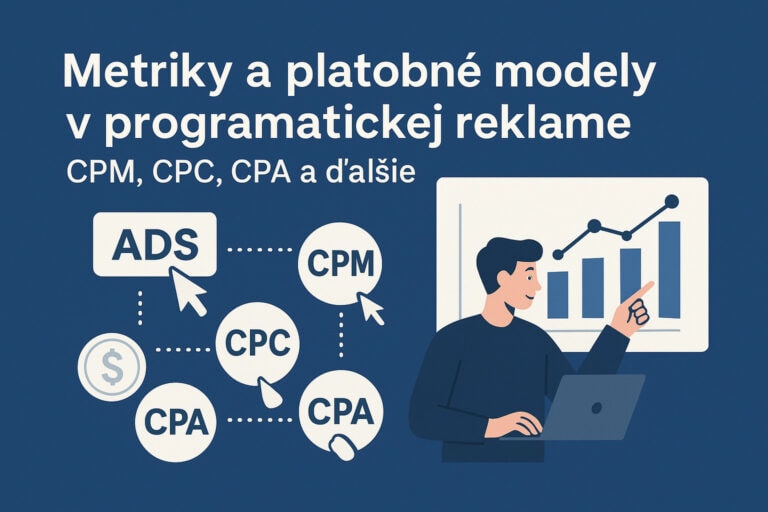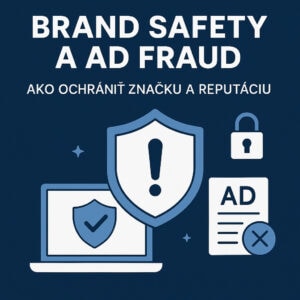If you're a publisher or just interested in how online advertising works, you've probably come across acronyms like CPM, CPCwhether CPA. But what do these terms mean and how do they affect your income or expenditure? Let's break it down together.
Why is it important to understand payment models?
For publishers (website or app owners), payment models are the key to monetizing content. For advertisers, they are a way to effectively invest in advertising. Without understanding the basic metrics, it can be easy to invest money or space without the expected outcome.
1. CPM - Cost Per Mille (cost per thousand impressions)
👉 What it means: The advertiser pays for every 1,000 ad impressions, regardless of whether anyone clicks on it.
🔍 For the publisher:
This model is advantageous if you have high traffic. The more views, the higher the earnings.
💡 Example: If you have an RPM (revenue per mille) of €2, this means that for every 1,000 ad unit impressions, you earn €2.
2. CPC - Cost Per Click
👉 What it means: The advertiser only pays when the user clicks on the ad.
🔍 For the publisher:
Profit only comes when the ad is interesting and visitors click on it. You need an attractive position and quality traffic.
💡 Example: If you have a CPC of €0.20 and you get 100 clicks a day, your earnings are €20.
3. CPA - Cost Per Action
👉 What it means: The advertiser pays only when the user performs a specific action (e.g. purchase, registration).
🔍 For the publisher:
Riskier model - you earn only when the visitor not only clicks, but also converts (performs the desired action).
💡 Example: You have a fitness blog and you promote an e-shop with nutritional supplements. For every person who buys a product through your site, you get €5.
4. CPL - Cost Per Lead
👉 What it means: Payment is made if the user leaves a contact, fills in a form or otherwise expresses interest.
🔍 For the publisher:
Similar to CPA, but a "lead" is less binding than a purchase. Ideal for content sites with a target audience willing to sign up.
5. eCPM - Effective Cost Per Mille
👉 What it means: This is a calculation metric that converts returns from various models (e.g., CPC, CPA) to "CPM." It helps to compare the performance of different ad units.
🔍 For the publisher:
It allows you to compare which ad position or format is the most advantageous, regardless of the payment model.
Which model is best
There is no universally best model. The choice depends on several factors:
- If you have high attendance, may be ideal for you CPM.
- If you have engaged audiencethat clicks is preferred CPC.
- For niche websites or blogs with a specific focus, where users trust the content, can be interesting CPA or CPL.
Conclusion: combine and optimise
In the world of programmatic advertising, it's not necessary (or even advisable) to stick to just one model. Most publishers work with multiple monetization sources at once - for example, they combine CPM-based banner ads with CPA-based affiliate advertising.
The most important thing is test, measure and optimize. Tracking metrics such as eCPM, CTR (click-through rate) or CR (conversion rate) will help you get the most out of your advertising.




